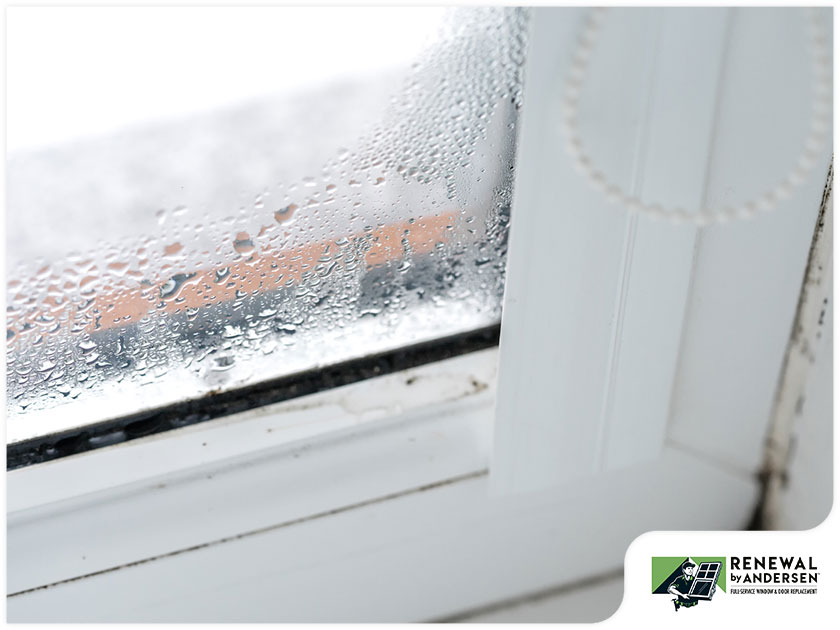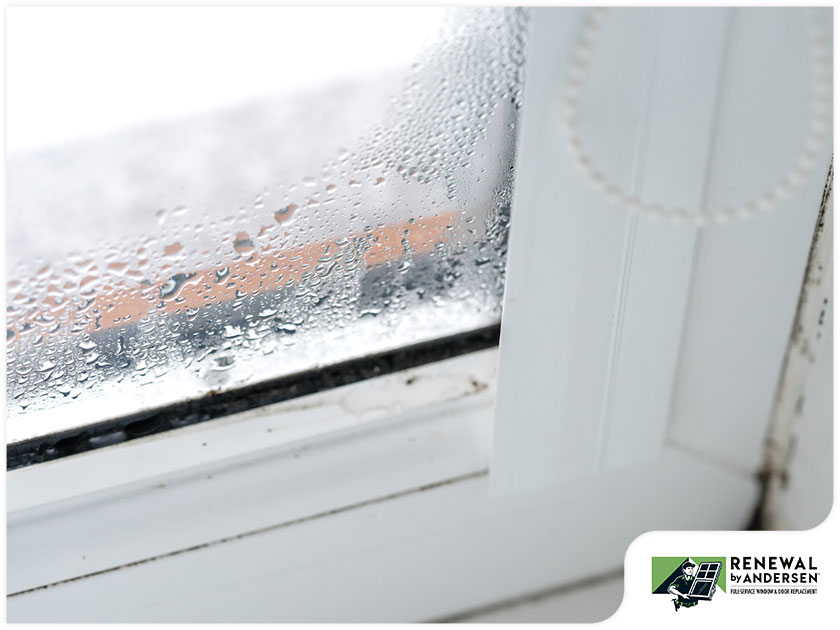MENU


Today’s windows do more than just provide a great view of the outdoors. They also offer other benefits that make your home a more comfortable place to live. This is mostly thanks to how each component is specially designed to maximize comfort and energy efficiency for your home. But having a well-designed window isn’t enough to keep your home’s energy expenditures low. They still need regular care and maintenance to make sure they perform as well as they should.

Routine maintenance is also necessary since this is when problems can be identified and addressed before they cause more damage to your windows. One of these problems is seal failure, which tends to happen to windows that are near the end of their lifespan. However, they can also occur to newer windows if the materials are defective or they weren’t installed properly. Either way, broken window seals can compromise the thermal comfort and energy efficiency of your home if left unaddressed.
To understand how broken seals are repaired, it helps to learn how they contribute to window performance and what usually causes them to fail.
Older windows were simple in design and were made with unsealed single-pane glass. The glass is held using a glazing putty, which was hardly ideal for retaining indoor heat. Over time, natural wear and tear affects the putty and causes it to crack or loosen. This makes the glass loose within its frames and allow the indoor conditioned air to escape.
Today’s modern windows, however, have come a long way since then. Even if you’re planning to get specialty windows installed by a trusted contractor, they’ll usually have two or glass panes with inert gas in-between and turn them into what’s referred to as insulated glass units (IGUs). This helps enhance their insulation and energy efficiency. Argon or krypton gas is used as an insulating barrier that prevents the sun’s heat from conducting between your window exterior and interior. What keeps them from leaking between the panes are the window seals that ensure an airtight fit.
The space between the panes is vacuum-sealed during manufacturing to keep the gas fill from escaping and ensure the windows remain effective at keeping the indoors comfortable. To avoid moisture or other contaminants from getting trapped inside the space between the panes, the sealing process happens only in a controlled environment. With the seals locking the gas in, they don’t just keep out most of the sun’s heat, but also help retain indoor temperatures.
The seal in each window installed in your home is constantly exposed to different weather conditions and other natural elements. Seals can fail due to several factors that happen throughout their lifespan. For instance, fluctuating temperatures can constantly make the gas expand and contract (also known as thermal pumping), and can slowly add more stress to your window seals over time. Eventually, they’ll lead to cracks that allow air and moisture to leak in-between the panes and lead to foggy windows.
If your windows were recently installed, you won’t have to worry about failed window seals for several years. However, there are a few cases of seal failure even after they’re newly replaced. This is usually a manufacturing defect or installation error, so you can still have them replaced while under warranty. Exposure to other natural elements can also lead to window seal failure in which the inert gas leaks out while the air and moisture seep in.
Foggy windows don’t usually mean their seals are broken unless you’re sure that moisture is already forming in between the panes. Other signs aren’t as easy to detect, however, so it helps to call in an expert in installing windows who can check the seals thoroughly for any signs of damage. You’ll also need to closely monitor your windows every once in a while so you won’t overlook them. To help you out, here are a few helpful tips:
Do you need custom-made bay or any other types of windows for your home? Renewal by Andersen® of Cincinnati is your best choice for the job! Call us at (513) 283-8996, or fill out our convenient contact form to get started. We serve our customers in Ohio, including Mason, Sharonville, Loveland and the surrounding areas.